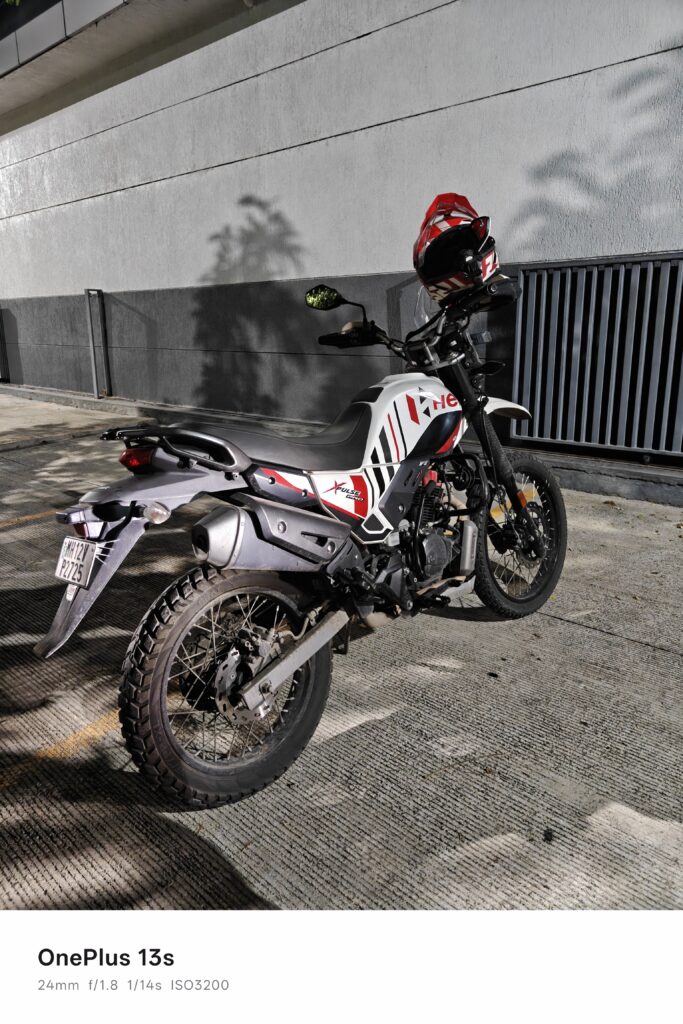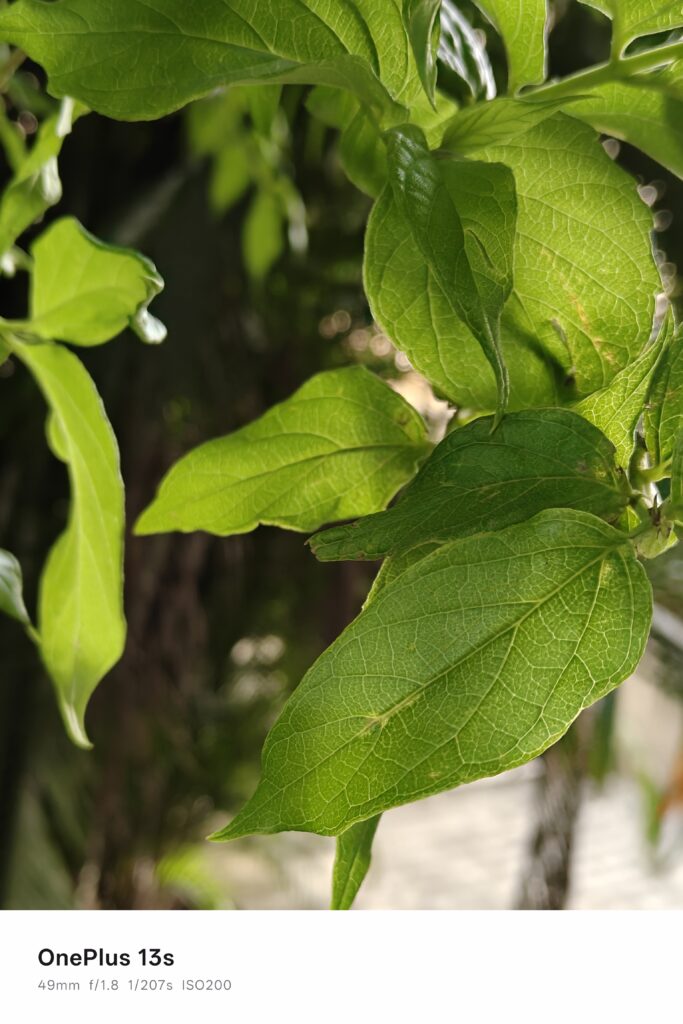OnePlus has seemingly completed its OnePlus 13 series lineup for 2025, and as of now, there doesn’t appear to be any new device in the pipeline. But before we dive into the details of the OnePlus 13s, let’s quickly talk about an interesting trend happening in the smartphone industry.
Have you noticed something about the Vivo X200 series and Xiaomi 15 series? Both brands launched compact models alongside their main flagships—clearly inspired by Apple, Samsung, and Google Pixel. It seems the compact phone market is making a comeback, and users are appreciating smaller phones that offer power without bulk.
Now, coming back to the OnePlus 13s, let’s explore what this device offers and where it stands out—or falls short.
Design
The OnePlus 13s feels incredibly handy and compact in the hand. It features a metal frame, and the back panel has a unique texture that enhances grip and looks stylish. The slightly raised border on the sides adds to the design flair and makes it feel somewhat like the iPhone 16 Mini.
However, a major downgrade is the IP65 rating, which isn’t impressive for a phone priced around ₹50,000. While the back is protected with Gorilla Glass 7i, we expected at least Gorilla Glass Victus at this price. Overall, the design is appealing, but there’s definitely room for improvement.
Display
The OnePlus 13s features a 6.32-inch Fluid LTPO AMOLED display with a 1.5K resolution and a 120Hz adaptive refresh rate (1Hz to 120Hz). The brightness levels are also impressive—800 nits (typical) and 1600 nits (HBM).
In real-world usage, the display shines. It offers rich color contrast, sharp visuals, and smooth animations. What’s even better is the support for HDR+ and Dolby Vision on Netflix and YouTube, which makes the multimedia experience absolutely delightful.
Again, the only downside is the Gorilla Glass 7i protection instead of Victus—but that seems like a trade-off OnePlus made to keep the cost down.
Performance
Under the hood, the OnePlus 13s runs on the Snapdragon 8 Gen 3 (Elite)—same as the OnePlus 13. However, performance isn’t identical. This is due to how OnePlus optimizes the processor based on target users and use cases.
The AnTuTu score touches around 2 million, and BGMI runs smoothly at 90fps (though OnePlus claims 120fps support). The 4,400mm² vapor cooling chamber does its job well. The phone may heat up to 41-43°C during intensive tasks but quickly cools down—thanks to the metal body.
Software
The OnePlus 13s comes with OxygenOS based on Android 15. Thankfully, OnePlus seems to be returning to its roots after the merger with Oppo, which had negatively impacted the OxygenOS experience in past years.
You get 4 years of major Android updates and 6 years of security updates, ensuring long-term support.
Camera
This is where the OnePlus 13s might disappoint some users. It comes with a dual rear camera setup and a single selfie shooter. But the camera performance doesn’t justify the price.
At ₹50,000, expectations are high—but sadly, the image quality is average. It feels like OnePlus lost its way in the camera department post the Oppo merger. The old magic of OxygenOS and OnePlus camera quality seems to be fading year by year.
| Category | Details |
|---|---|
| Rear Camera (Main) | 50 MP Wide-Angle Sony LYT-700 Sensor Sensor Size: 1/1.56″ Pixel Size: 1.0 µm Lens: 6P OIS + EIS Focal Length: 24mm (equiv.) Field of View: 84° |
| Rear Camera (Tele) | 50 MP Telephoto Samsung S5KJN5 Sensor 2X Optical Zoom Sensor Size: 1/2.75″ Pixel Size: 0.64 µm Lens: 5P EIS + Autofocus |
| Camera Features | Laser Focus, HDR, Panorama, Color Spectrum Sensor |
| Video Recording (Rear) | 4K @ 30/60 fps (UHD), 1080p @ 30/60 fps (FHD) |
| Flash | LED Flash |
| Front Camera | 32 MP Wide-Angle Aperture: ƒ/2.4 Sensor Size: 1/3.1″ Pixel Size: 0.7 µm Lens: 5P EIS Focal Length: 21mm (equiv.) Field of View: 90° |
| Front Camera Features | Punch-Hole, Screen Flash |
| Front Video Recording | 4K @ 30 fps (UHD), 1080p @ 30 fps (FHD) |
We’ve attached sample images for reference below.




The New Plus Key
One of the most interesting features in the OnePlus 13s is the new “Plus Key”—a customizable button that can perform multiple tasks. This feature is becoming a trend among smartphone brands, each naming it differently.
With the Plus Key, you can do things like:
- Activate a special “Mind Space” mode that captures a screenshot and creates a summary of the on-screen content.
- Assign specific functions such as camera shortcut, translation, or Do Not Disturb toggle.
This button enhances usability and gives the OnePlus 13s a unique edge.
Battery
The battery on the OnePlus 13s is another strong point. It packs a 5,880mAh battery with 80W fast charging. For a compact phone, this is truly impressive.
However, there is no wireless charging, which is a letdown—especially for a device in the premium segment. While acceptable in mid-range phones, flagship users expect wireless support.
Despite this, the phone delivers around 7 hours of screen-on time, which is exceptional for a compact device.
Connectivity and Extras
The OnePlus 13s includes all essential connectivity options and features a new OnePlus dialer app that supports real-time translation during calls. This is a thoughtful addition and could be very useful for professionals and travelers.
Final Verdict
The OnePlus 13s is a compact powerhouse that delivers excellent performance, vibrant display quality, and impressive battery life. However, the camera quality and lack of wireless charging might disappoint some buyers.
That said, if you’re looking for a premium compact Android phone, the OnePlus 13s is worth considering—especially for those who value design, usability, and software experience over camera performance.




